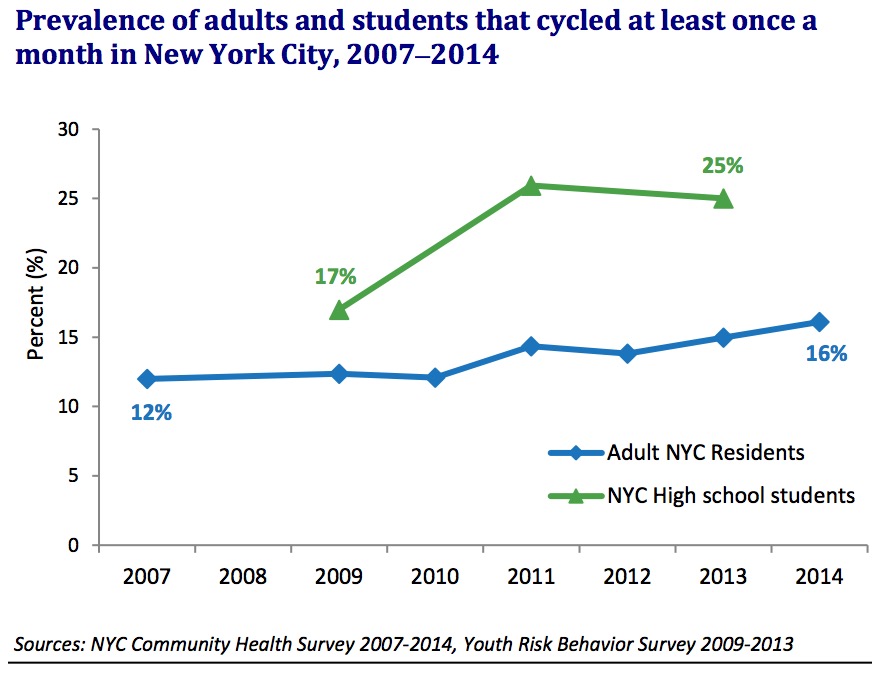
New Yorkers are more likely to walk to work compared with the national average, and a recent New York City (NYC) Department of Transportation report shows that cycling is becoming more popular; the most recent annual 12-hour count of cyclists crossing the East River bridges increased from 2,041 cyclists in 2000 to 15,394 in 2015.
View this complete post...











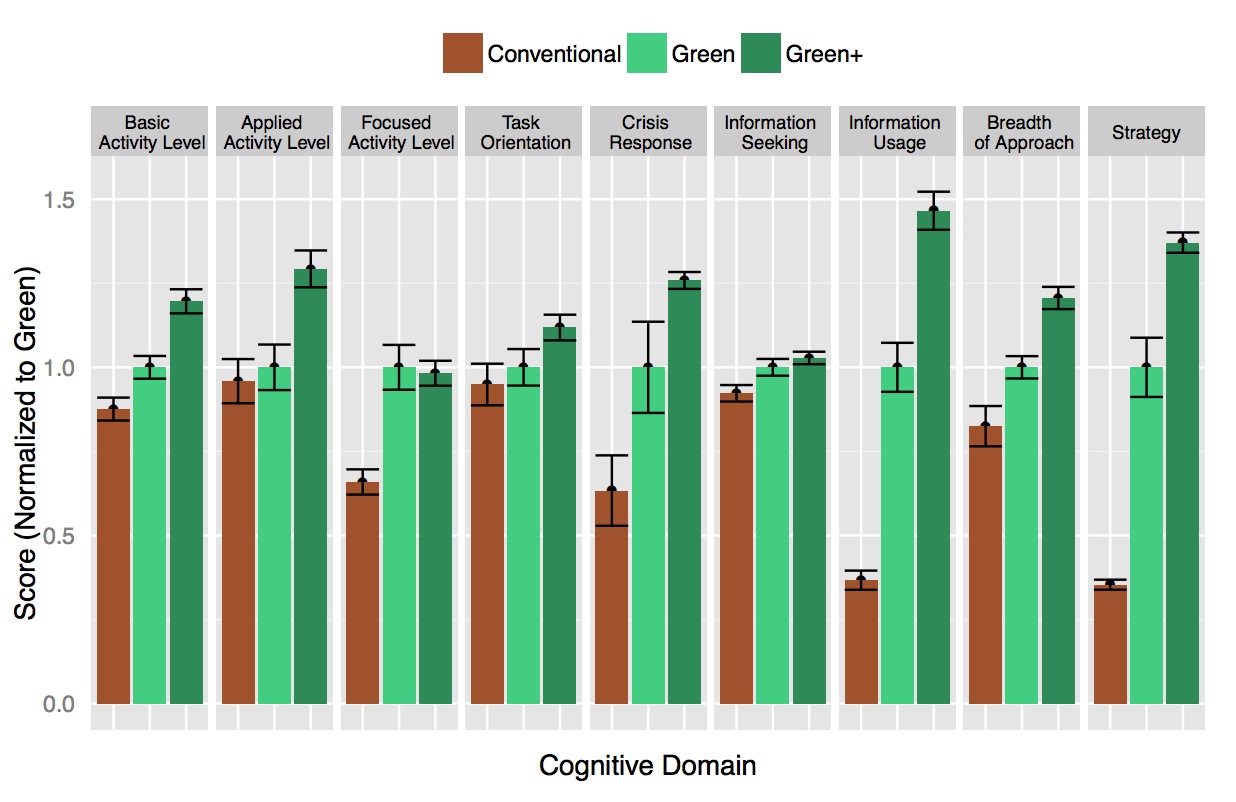
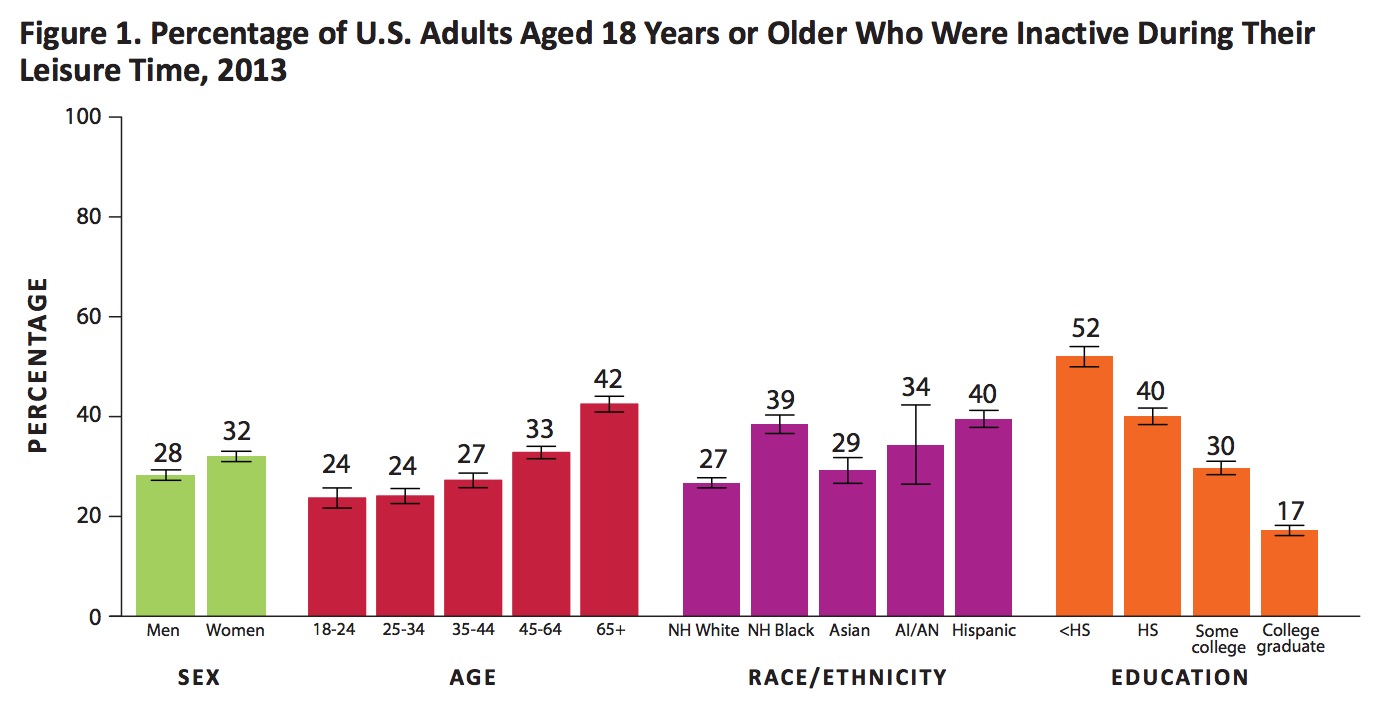
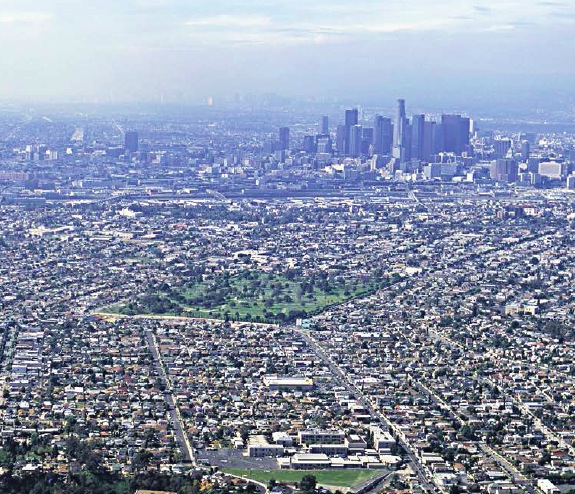
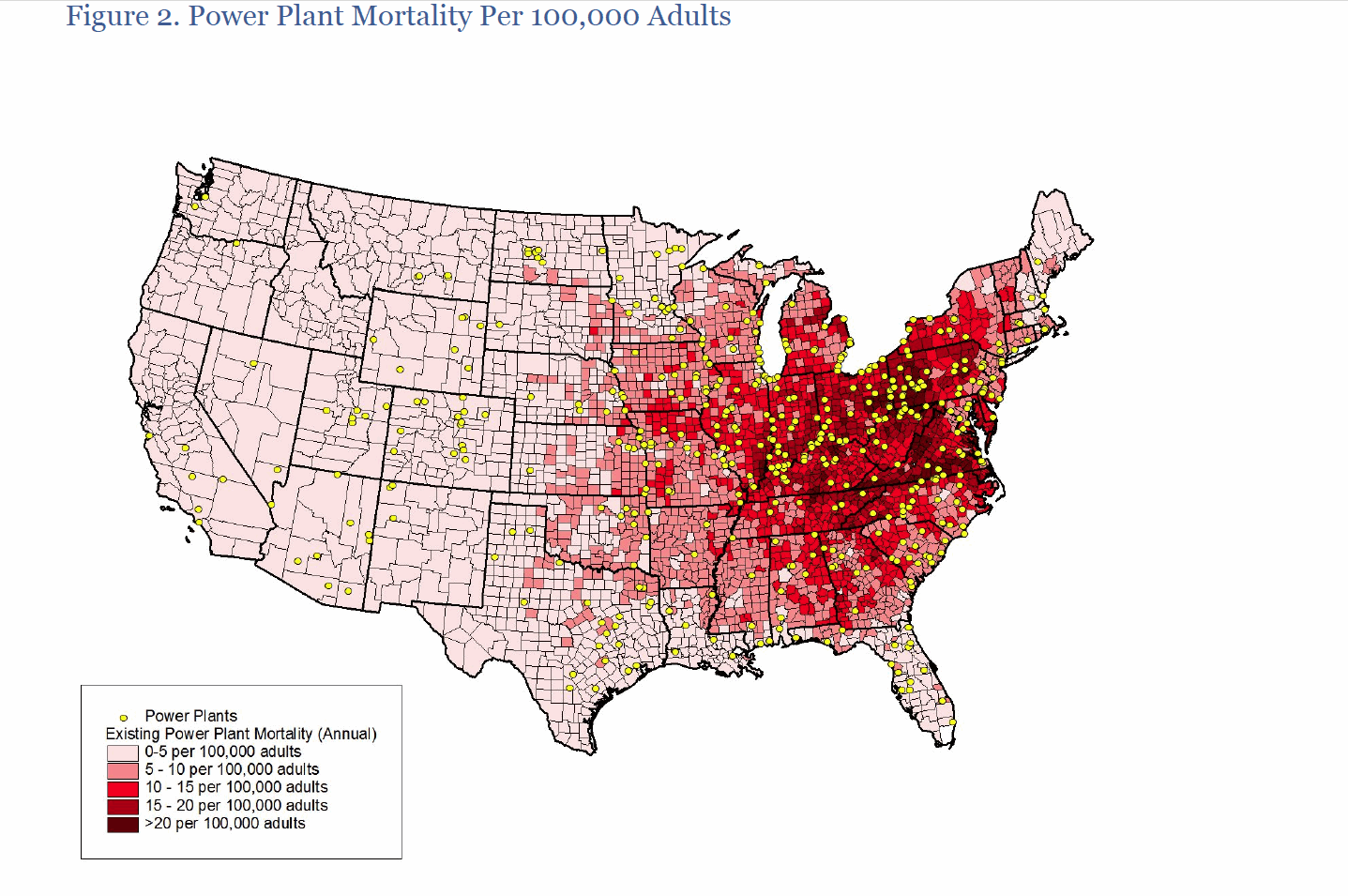
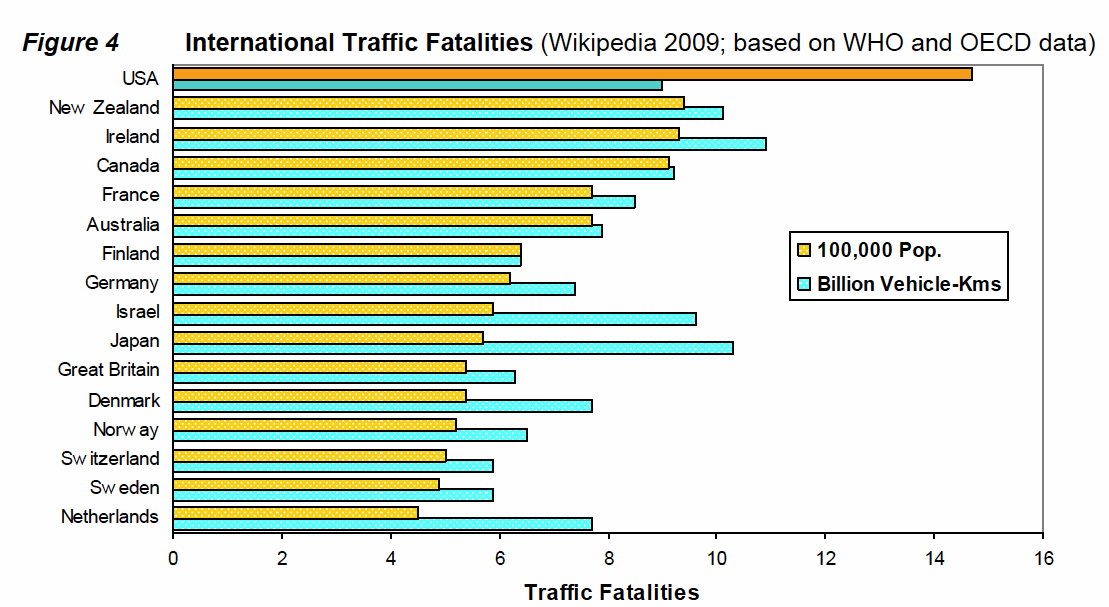

 RSS Feed
RSS Feed